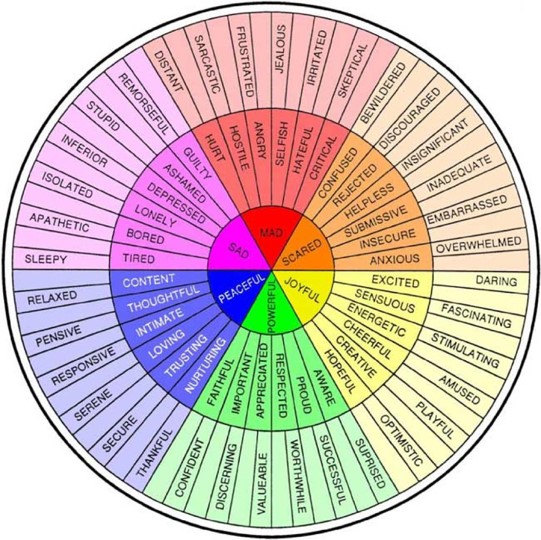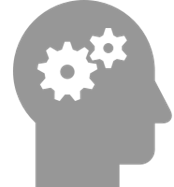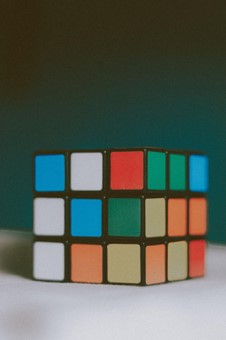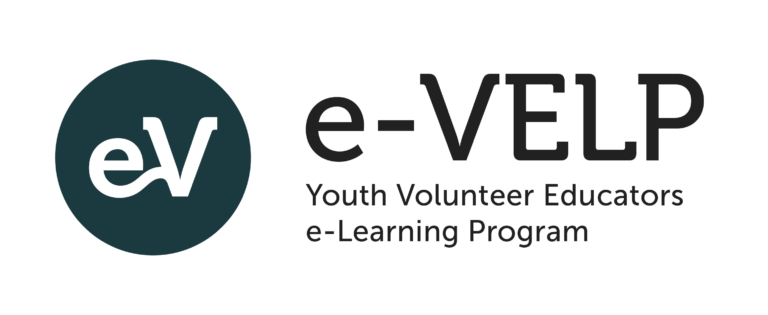Unit B.2.2 Importance of reflection in educational activities
Importance of reflection in
Importance of reflection in
educational activities
Importance of reflection in
educational activities
Importance of reflection in
educational activities
Now let‘s move to the part of experiential learning that makes an experience educative – reflection. If the reflection questions are constructed in accordance with the educational aims, we can find educational aspects in many experiences. As mentioned by Gailius et al. (2013), in experiential learning experiences can originate from many sources – everyday life, simulation by various methods, and even right here and now. Therefore, in order to deepen your learning in this course, we propose an exercise.
Individually reflect on your experience participating in this course and write down or draw your answers on a sheet of paper:
1.Walk around at home (or go outside if possible) and find an object that represents the past few weeks of you taking part in this TC;
2.What has happened during this course? Who else took part in it?
3.What feelings did you experience?
4.What is your most important learning outcome so far?
5.What did you learn about yourself?
6.What did you learn about learning?

https://humansystems.co/emotionwheels/
It happens often that we are not very good at naming our emotions. This chart might be helpful for you and your future work.
Ways to reflect:
There are different ways in which you can reflect and include reflection into your educational activities (and also your workshop). Here we will present you with:
1.Individual reflection; 
2.Reflection in pairs;
3.Reflection in small groups;
4.Reflection with the whole group.
 1.Individual reflection:
1.Individual reflection:
Individual reflection is great because one can be completely honest. However, this may have its drawbacks if the learner’s capacity for reflection is not well-developed. In this case, reflection that is creative or based on guiding questions could be superficial and not guarantee the results we are aiming for. This is why usually we add reflection in pairs, introduce a learning buddy system, or search for reflection reinforcement from peers.
 2.Reflection in pairs:
2.Reflection in pairs:
Reflection in couples works as a dialogue where the learners can ask additional questions and make the reflection process deeper and more detailed. An exchange of experiences can also generate extra ideas and help crystalise learning outcomes.
 3.Reflection in small groups:
3.Reflection in small groups:
Reflection can also be implemented in small groups. This type of reflection can be facilitated by educators (the number of educators has to be the same as the number of small groups which makes it difficult if you are working alone or in a small team) or by the learners themselves with given guidelines and/or guiding questions.
Pros:
– more time for everyone to express their thoughts and share;
– the ones who usually do not speak in a big group have more courage to participate and talk in a smaller group;
– the learners develop the skill of running reflection.
Con:
– the educator’s lack of participation -, the educator doesn’t know what is happening in the learners’ group and therefore cannot address it and modify the educational activities accordingly.
 4.Reflection with the whole group:
4.Reflection with the whole group:
Reflection in the whole group is usually moderated by the educator.
Pros:
– the whole group is participating therefore there are plenty of different ideas which encourage or provoke thoughts of other learners;
– helpful dor understanding where the group is, what kind of process is going on and how to address it.
Cons:
– dominating participants;
– shy participants;
– easy to hide behind the backs of those who are more active and to not participate in the reflection process at all.
In practice it is recommended to combine different forms of reflection
Participants of a study that was conducted in 2018 (Garbauskaite-Jakimovska, Miginis) stated that for them the reflection in small groups (facilitated by the educator) worked the best. The second best was the combination of individual reflection and reflection in the whole group when the participants had individual time to go through guiding questions and write down their answers, then come back to the whole group, share insights, understandings, findings, and then take individual time to reflect on what they heard from the others and how it resonated with them.

pexels.com
Watch the process of reflection is similar to the stages of experiential learning by David Kolb.
Sergio Goncalves explains it in this video dedicated to the practitioners of non-formal learning:
What was the highlight of this video for you?
There is a wide variety of methods that can help the group reflect on the gained experience.
Watch a video on methods for reflection:
Which methods would you prefer to use? Which one is not for you? Why?

